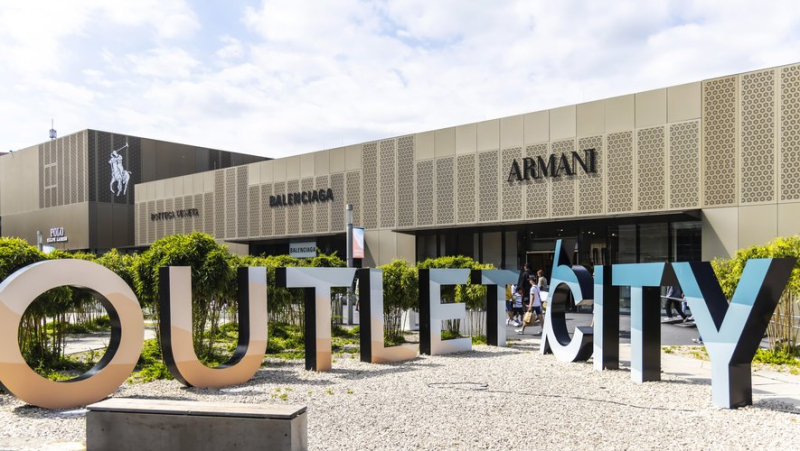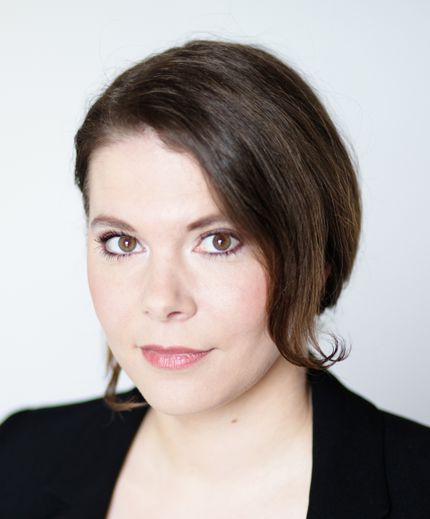Commerce: “There was no city center devastated by the establishment of a brand village”

From factory stores attached to them to current brand villages, the sector has evolved a lot. MAXPPP
Geographer, founder of the specialized firm Magdus, Caroline Lamy devoted her doctoral thesis to this particular market of factory stores. It traces its history, development and constant adaptation to changes in commerce.
What makes brand centers strong ?
What has always been their strength is offering brands at reduced prices. The concept has evolved a lot, because brands and reduced prices can now be found everywhere, on the internet, with the proliferation of promotions. Their DNA remains the same, but the operators have worked a lot on the concept, to preserve its appeal to consumers, to get them out of their homes, to spend entire days in these centers.
Also read: Branded villages: why Languedoc missed the boat, undoubtedly definitely
In what way ?
This is the typical commercial concept of a group visit, with family or friends. We are not making a solitary purchase, but rather an outing, a leisure activity. They have rather moved upmarket in terms of offers, offering four-star service, tax refunds, personal shoppers, sometimes valet parking, a very rich entertainment policy, with fitness classes and concerts.
The concept has been enriched to stand out from other physical stores offering promotions. With the increase in fuels, they are more interested in local customers, previously a little neglected.

Caroline Lamy, geographer and consultant.
Price, offer, quality, there are sometimes questions from consumers. Has their model faltered ?
The first generation, the center factories, fell apart a bit at the beginning of the 1990s. There was the promise of good deals, but there was an artistic vagueness about the origin of the goods and the discounts offered, multi-brand stores, shopping centers that were a bit cheap, without natural light or service. A second generation appeared, called brand centers, with charters between operators and merchants ensuring better transparency on the brands distributed and discounts. Many operators use mystery shopping companies to see if good practices are being implemented by tenant brands.
Centre projects invariably, or almost, encounter hostility from city center commerce. Rightly ?
In France or Europe, there has not been a city center devastated by the establishment of a brand village. There are always risks, particularly in multi-brand stores, which can offer somewhat the same offer. But operators and local elected officials are discussing with traders to see which brands will be distributed and which ones excluded because there is an existing offer.
When there was a small imbalance, city center retail reinvented itself, by seeking out new brands. But it’s indeed a question of balance and it works when all the players meet and agree before the projects, to make the distribution formats coexist.
I subscribe to read more




